We had a profound experience when we volunteered at the East End Cemetery in Richmond last weekend. This historically black, privately-owned cemetery was established in 1897 but largely abandoned by the late 1970s. Currently the subject of a community-led preservation effort, it is a place of awe and mystery. Thousands of the city’s residents are buried and memorialized here, with tombstones extending far into the forest, creeping over ravine edges and hiding beneath English ivy and decades of fallen trees. Many grave markers are broken or displaced, and decorative iron fences bend to the will of twisting tree roots that grow into family plots, shaping the cemetery into something else. This hidden landmark of Richmond’s past is slowly coming into the light again, though, thanks to the work of John Shuck and a team of dedicated volunteers who welcomed us there on an unseasonably warm December day.
Our tasks were simple. Pick a spot, clear it of overgrowth, look for hidden tombstones, and work with our fellow volunteers to haul debris to the roadside for the city to pick up. Erin Hollaway Palmer and Brian Palmer led us through dense growth to a patch in the “old” section of the cemetery (the original 6 acres) and we focused on an area with several fallen trees, rotted logs, and a few deep holes where burials had been haphazardly exhumed for reburial elsewhere, leaving craters. Our walk to this end of the property led us by hundreds of markers uncovered by John and other volunteers, including the Schmeider family (father, daughter, and her classmate) and Bruce Tarr. John and Bruce and others have spent many weekend mornings here for over three years and others like the Schmeiders are fairly recent volunteers. The park-like setting created by their dedicated clearing efforts near the road shifts quickly to an ivy-covered wilderness further in. In only a short while, with much pulling, cutting and stumbling, we found more than a dozen tombstones ranging from very simple but beautiful one-by-two-foot marble markers, once resting on steel props, to massive concrete tomb covers inset with those same marble markers. Low concrete curbs mark the edges of many family plots, forming an intersecting maze of unidentified genealogical connections. Some plots had decorative cast iron fences, or corner posts linked by chains- all reflect a patina of age and neglect.
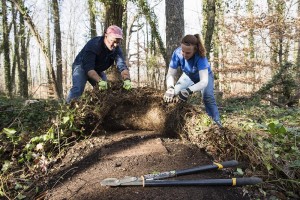
Dave and Anna remove a “carpet” of overgrowth to reveal a concrete slab tomb and marker hidden beneath.
At the center of our work was the marker for Abram and Lydia Price. We know very little of Mr. and Mrs. Price, or the people buried near them (including Sarah Alice K. Burrell, perhaps a relative of the Burwells of Fairfield in Gloucester). Our thoughts as we work to clear their tombstones are those of the cemetery visitor, though, and not the archaeologist/historian/preservationists that we are. We envision their plot as it was originally intended. We see the carefully carved sculpture- a tree stump sitting on top of four carefully cut logs- and appreciate the craftsmanship of the piece. Nearby, we notice another man’s tombstone reveals his connection to his former workplace and the sense of pride he had in his own work. The marker was labeled with the man’s name and death date, followed by the inscription “Albemarle Paper Company.” The irony of this memorial is not lost on us. As we stack up logs John has skillfully chain-sawed from a nearby fallen tree, there is a small but discernable connection made between the labors of his life and those of the volunteers helping to clean up this cemetery.
There is beauty in decay. But there is also frustration. There can be an overwhelming sense of hopelessness, as we watch time pass by and things wither, break, and disappear under the accumulated layers of everyday negligence. There can also be hope. We came away inspired by the selfless acts of several individuals who care about this place, these people, and what they mean to us and our society (whether we acknowledge it or not). We are fascinated by the personal histories of so many prominent African Americans who are buried here, and we are reminded of why so many people volunteer, contributing their blood, sweat, and tears to causes they love. We made friends today, joining this small group of dedicated cultural landscape preservationists, and are now empowered with memories that will forever influence how we see our future. The hope that they find each day, clearing one small plot at a time and bringing light and life back into this beautiful place is inspirational. They are rescuing a faded place of community memory, where generations came to honor their loved ones, and making it once again a place for the living.
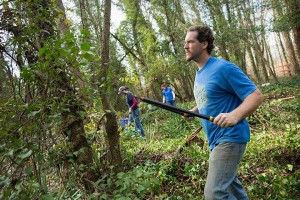


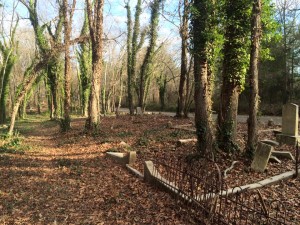
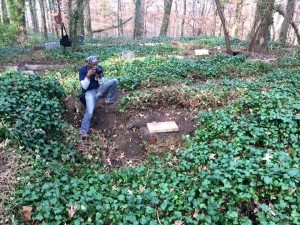
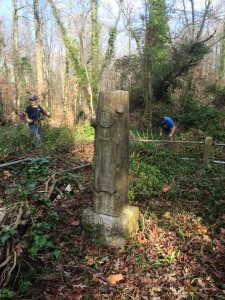
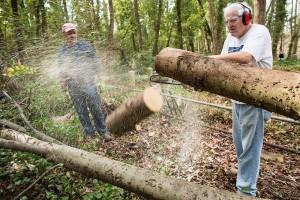
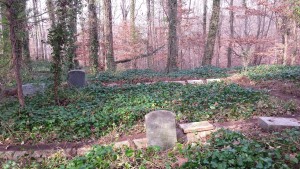


This piece is very moving and beautifully written.
This piece is not only historically significant but exceptionally written. Thank you for all of your effort.
This article is wonderful and I really can feel the enthousiasm.
Thanks for sharing and all you do.
Wish I was younger and physically able to help with these adventures.